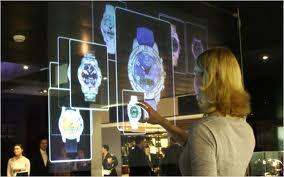During the 1950s Scandinavian Design caught international attention with its minimalism, simplicity, functionalism and sophistication. Several factors rested at its heart: functionality, democracy and affordability. Aesthetic styles connected to international minimalist, modernist and functionalist movements, which were also symbolically connected to education, political and social movements, and the Nordic welfare model. Studies have shown how social and political values from this period connect with Nordic interaction design from the past three decades. How these are represented in contemporary interaction design discourse, and design form and expression is a perspective under represented. This paper presents the results of a three-tiered content analysis of the proceedings of NordiCHI years 2000-2014: categorization of titles according to emphasis; content analysis of Scandinavian value constructs overall; and thematic connection of the results to conference theme and site. Results are then discussed with reflection on form and process in the Nordic interaction design industry.
翻译:Translated abstract:
20世纪50年代,北欧设计以其极简主义、简单、实用和精致而引起了国际关注。它的核心原因有几个: 功能性、民主性和价格实惠。与国际极简主义、现代主义和实用主义运动相关的美学风格,也与教育、政治和社会运动以及北欧福利模式有象征性的联系。研究表明,与这一时期的社会和政治价值观相关的思想体系也连接了过去三十年的北欧交互设计。然而,这些价值观在当代交互设计的话语、设计形式和表达中却少有涉及。本文通过对 NordiCHI 2000-2014 年会议文献的三层内容分析(标题的强调分类、北欧构建价值的内容分析和结果与会议主题及地点的主题联系),提出了具体结果并讨论了这些结果对北欧交互设计产业的形式和过程的影响。


